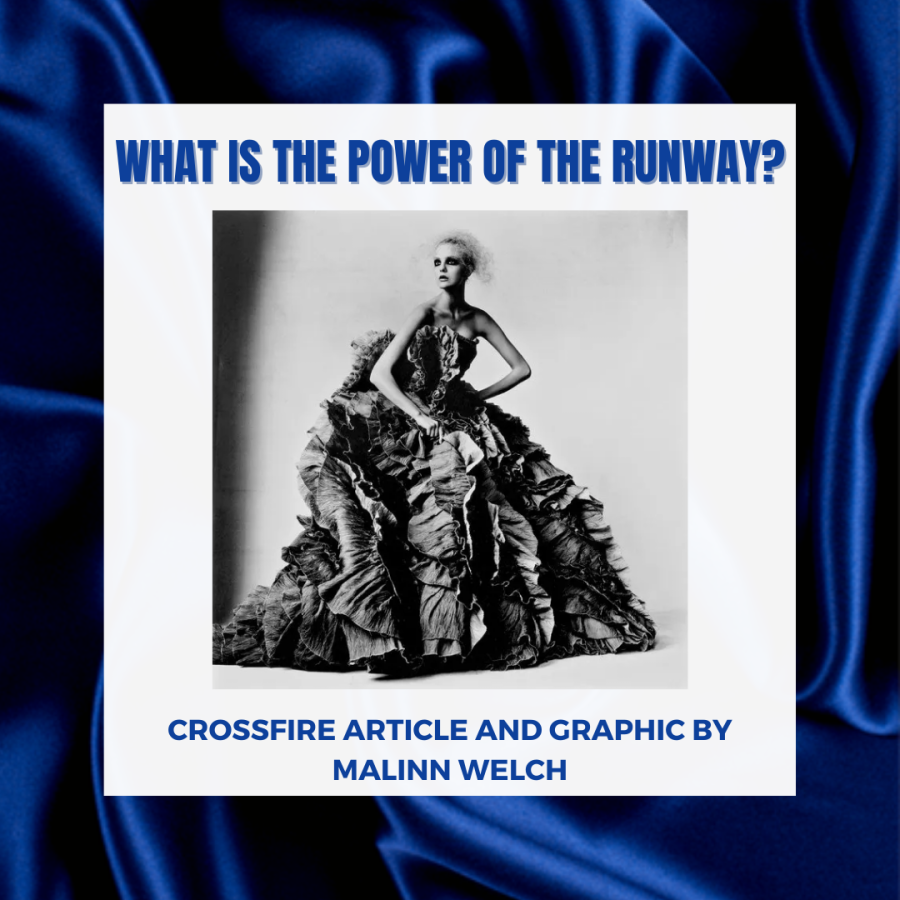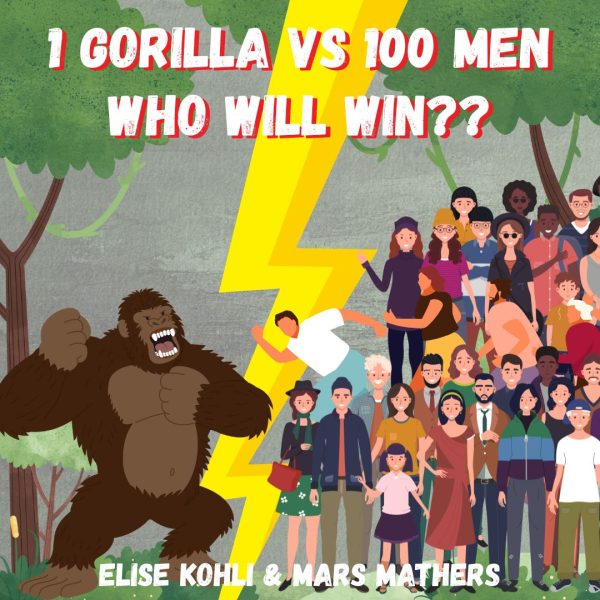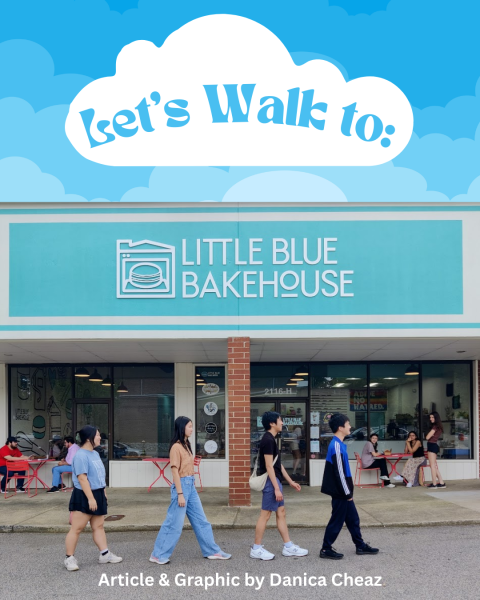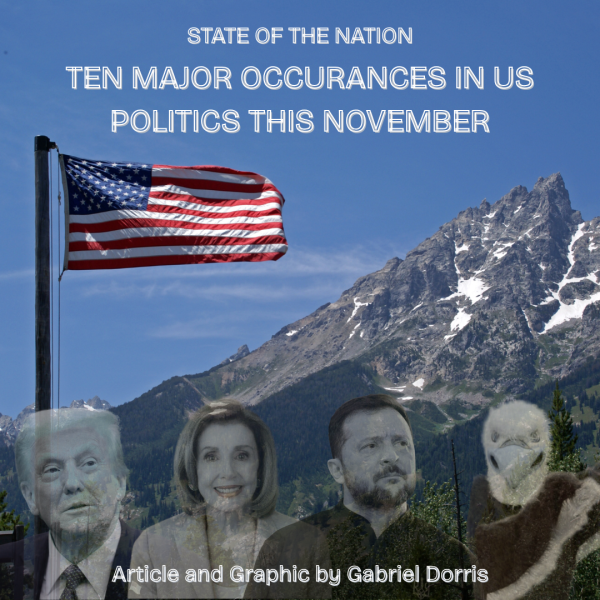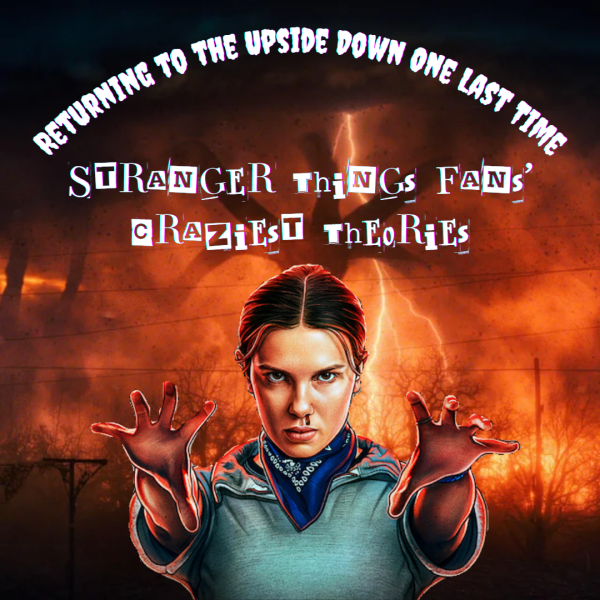Crossfire: What is the Force Behind Fashion?
Trend cycles and the ideological phases of fashion circulate through the public consciousness, designers, runways, and consumers at an ever-evolving pace. Who decides that red cowboy boots are in this season and 80s-esque blue striped track pants are in the next? Both the overarching power of runway fashion and the omnipresent influence of cultural fashion are forever infiltrating trends; however, who really decides what is on trend?
The Power of the Runway
Meryl Streep’s characterization of a fashion executive, based on Vogue’s Anna Wintour, in the pivotal fashion film, The Devil Wears Prada, marks a momentous monologue based on analytical fashion consumption. She remarks on the sentiment that the fashion industry is intertwined into the lives of all consumers, whether they like it or not. Throughout the film, Streep details the importance and complexities of runway to wearable fashion. Anne Hathaway, the protagonist of the film, represents many common consumers who do not think the lavish world of high fashion applies to them, a stiflingly wrong assumption.
In The Devil Wears Prada, Hathaway’s character scoffs at high fashion designers as they frivolously obsess over the material world of clothes, Meryl Streep’s character responds to Hathaway’s flippancy with an invigorating monologue about the effects of the apparel industry. She centers on the blue of Hathaway’s sweater: “that sweater, …is not just blue, … it’s actually cerulean. You’re unaware of the fact that in 2002, Oscar de la Renta did a collection of cerulean gowns. And then cerulean quickly showed up in the collections of eight different designers. Then it filtered down the department stores and then into some tragic ‘Casual Corner’ … However, that blue represents millions of dollars and countless jobs and so it’s sort of comical how you think that you’ve made a choice that exempts you from the fashion industry.” This monologue stresses the influence of high fashion and its inescapable reach.
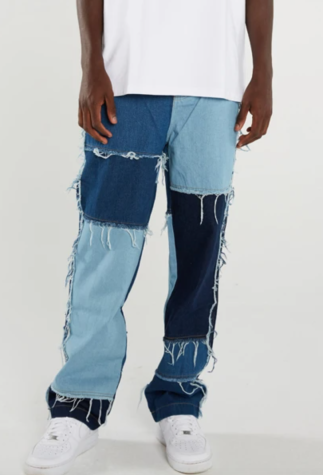
While the high-end Oscar de la Renta dress pictured to the right may not seem accessible, or even desirable, to the common consumer, it provides inspiration to retail designers who produce accessible goods for the common consumer. Runway and high fashion garments represent greater trends
for the upcoming season.
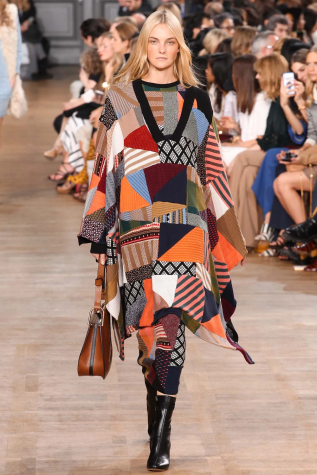 The 5,000 dollar Oscar de la Renta patchwork dress may not be for the average consumer, but the Jaded London patchwork jeans are an interpolation of the original runway trend. These Jaded London jeans sell at a much lower price point and market the same trend to a different consumer base.
The 5,000 dollar Oscar de la Renta patchwork dress may not be for the average consumer, but the Jaded London patchwork jeans are an interpolation of the original runway trend. These Jaded London jeans sell at a much lower price point and market the same trend to a different consumer base.
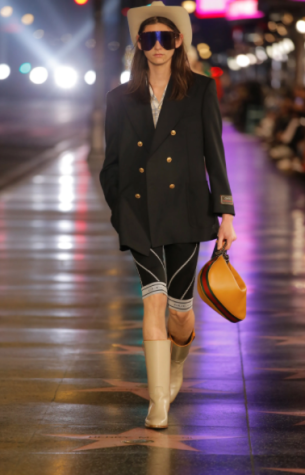
Merely looking at the Gucci Spring Summer 2022 Show, you can see the transition of trends from the runway to contemporary casual fashion. Pictured to the left, one can see Gucci’s interpretation of luxury western wear. This look signaled a trend cycle of western wear in other collections, department stores, and a revitalization of the American fascination with Old West attire. Not to say that Gucci invented western wear, or even western wear in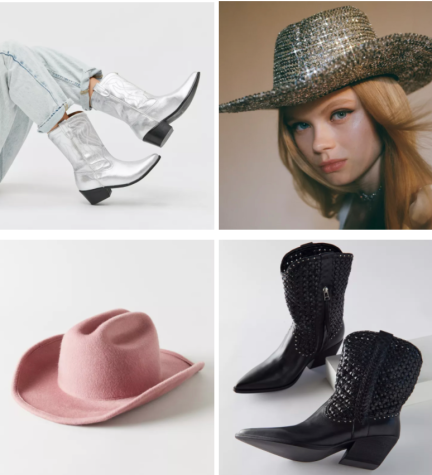 the 2020s, but this collection has, and will have, influence on the upcoming revitalization of the style. Urban Outfitters and many other retailers on the opposite end of fashion are taking note of this trend, with pieces like the ones pictured on the right.
the 2020s, but this collection has, and will have, influence on the upcoming revitalization of the style. Urban Outfitters and many other retailers on the opposite end of fashion are taking note of this trend, with pieces like the ones pictured on the right.
The chain reaction of trend production from high fashion to lower end is not designers “ripping o” one another or a lack of originality in fashion. Ideally, department stores and lower-end retailers will take inspiration from high fashion runways to syncretize a trend season and provide access to a style for a variety of consumers. This reaction shapes what is modern fashion and modern trend cycles.
The frivolousness, distance, and uselessness many people often associate with high fashion is misplaced. Runway and high fashion shows are an over-exaggerated template for the upcoming season. Although typically high fashion garments are worn only by celebrities or those with the finances to afford them, the general public trends find influence and benefit from the creation of such garments. From Oscar de la Renta to “Casual Corner”, runway fashion signals the trend season.
Culture is the Force Behind Fashion
Clothes are a linguistically tangible representation of identity. The reduction of modern fashion to a simple corporate machine pushed out by luxury designers and executives discredits the idealized and purposeful center of the industry, self-expression. The idea that fashion originates at the top is a vast oversimplification of the trend cycles that are heavily influenced by not only designers but contemporary culture.
With roots absent from the industry of luxury, Hip-Hop and American street style is a cultural movement stemming from 90s black culture, music, and style. This movement marks the referencing of fashion to culture, rather than taking from the world of the runway. Young people wore Timberland boots because Notorious B.I.G. wore them in the latest music video and stood in line all night just for the drop of the new Air Jordans, an inflection point for the contemporary apparel industry.Hip-Hop has intensely evolved since the original 90s breakout. Artists like Sean “Diddy” Combs are changing the industry for Black designers with his brand Sean John. This influx of rappers turned designers marks not only a cultural infusion into luxury fashion, but an infusion of Black culture into contemporary fashion. Much of modern fashion is built on that of 90s street style and breakdancing culture. To credit this style to the work of high fashion designers would be demeaning to the power of self-expression and ignorant to the power of black culture.
Cyclical trends remain forever in motion; however, there are garments that will never be “out of style,” void of influence from the production of high fashion. Timeless staples such as a flannel, a quality knit sweater, and a well-fit pair of jeans remain familiar constants in the closets of the masses. While the rise, cut, and style of jeans may change, quality denim has been in style for the past 110 years and will continue to be fashionable for decades to come. Not all of fashion is renovated each season; timeless pieces exist that do not waver in value by their proximity to the influence of runway ideals.
The grasp of runway fashion in modern trends has been in a steady decline, reaching its peak in the late 20th century. With the rise of the social media age, the lore of traditional celebrities has dissipated, placing the role of trend production on culture, specifically influencers. Internet influencers and their grasp over the young public consciousness have altered who is deemed fashionable. The common consumer no longer looks to the latest Prada runway show or what Courtney Love wears at the 1995 Oscars after-party. Fashion inspiration has oversaturated the social media space, with standout influencers, such as Matilda Djerf, captivating the styles of an international market. Djerf, 24 year-old Swedish influencer and founder of Djerf Avenue, remains the queen of Scandi-Cool and holds the views of an international online audience. Credited with popularizing the current 70s-inspired “it” haircut and the “coastal grandmother/granddaughter” aesthetic, Djerf represents the young generation and the cultural relevance of influencers. Modern trend cycles are dictated by engaging influencers and an audience willingly taking their lead.
Culture and self-expression are at the heart of fashion; these concepts paired with function and an element of timelessness, form the emergence of trend cycles.
Your donation will support the student journalists of Enloe Magnet High School, allowing us to cover our annual website costs. We are extremely grateful for any contribution, big or small!
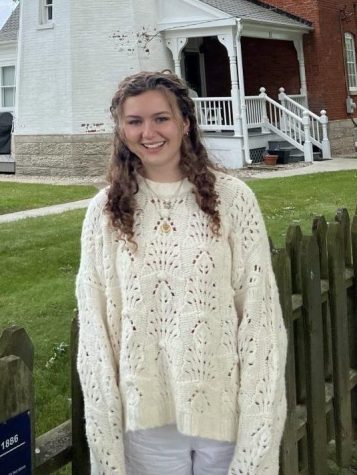
(She/her)
Malinn is a senior and excited to return to the Eagle’s Eye as an A&E editor! She is passionate about fashion, sewing, and clothes in...


